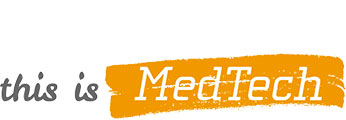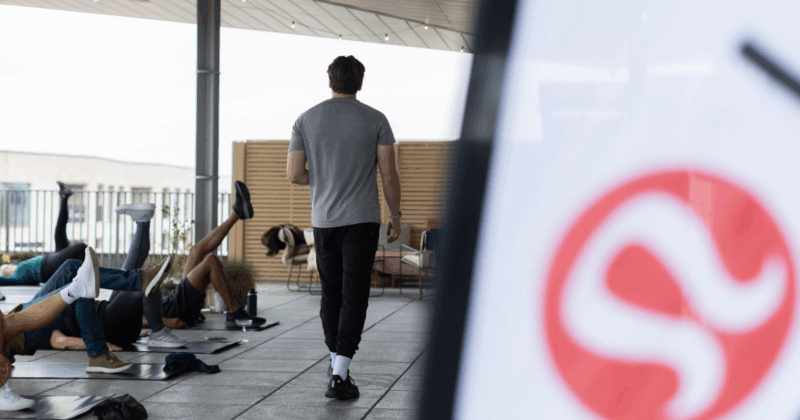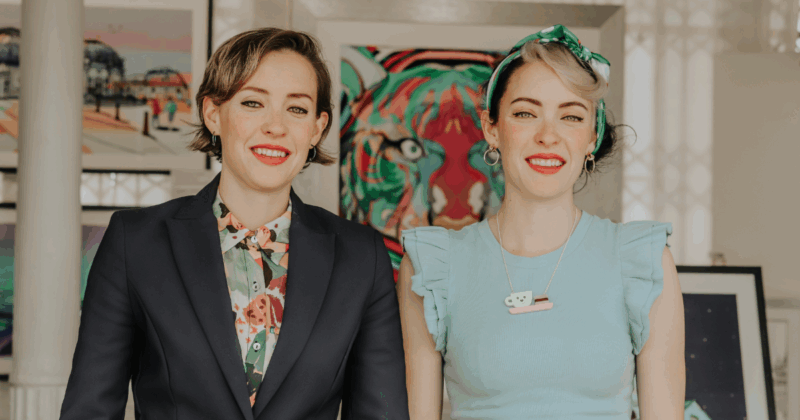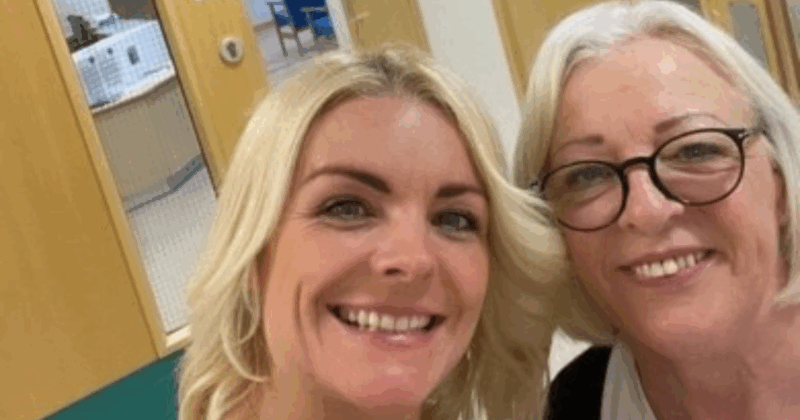
A life-changing solution for sleep apnoea
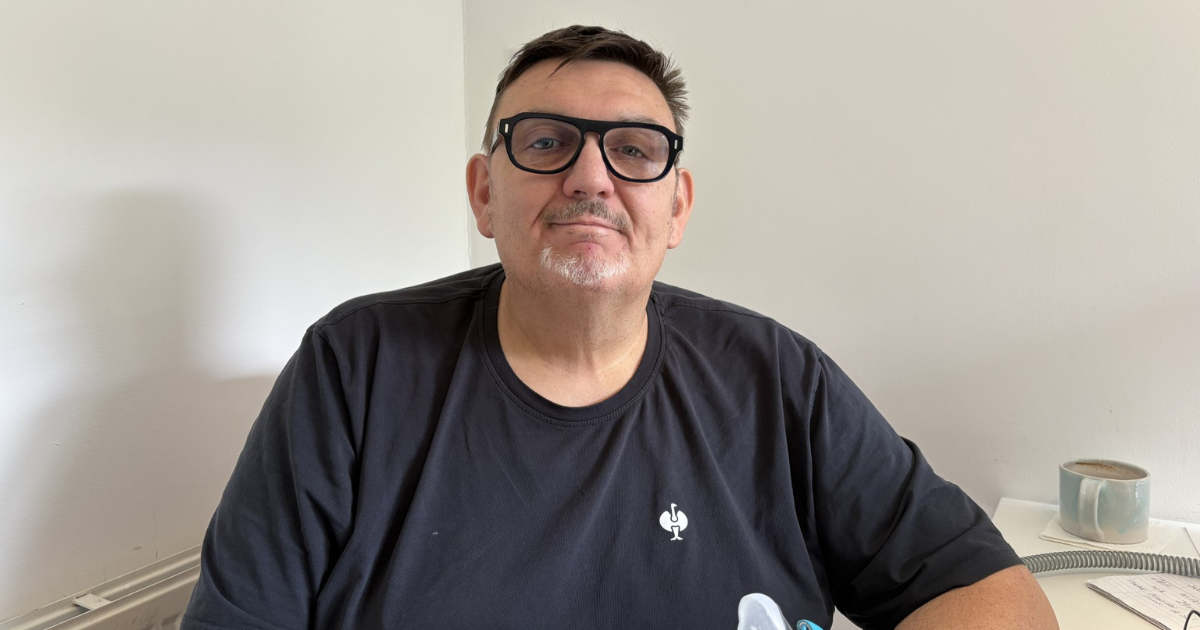
Zaro Jelev felt exhausted all the time, but he didn’t realise he had sleep apnoea until his wife noticed that he often stopped breathing at night.
“I probably started having symptoms about ten years ago, but I didn’t really pay attention to them. I just thought that I was tired because I was working so hard and life was busy,” Zaro recalls. “The most obvious sign was when I started falling asleep while driving. I once stopped in a petrol station for a nap and woke up four hours later.”
People who have sleep apnoea can stop breathing several hundred times a night, according to the Sleep Apnoea Trust. If left untreated, this can lead to serious health problems like hypertension, diabetes, stroke and heart disease.
It was Zaro’s wife who urged him to see the GP. “I was falling asleep every half hour, but then waking up in the middle of the night, unable to sleep. My weight was going up no matter what I did. It affected my life a lot and was causing other health problems, like high blood pressure. It was also affecting my mental health,” Zaro explains. “It’s tricky because you can’t really diagnose yourself. It’s the person in bed next to you who notices when you stop breathing in your sleep.”
Zaro was sent to a sleep clinic, where they gave him a wireless sensor that he could wear at home for 48 hours. This newer diagnostic technology is more convenient than going to a traditional sleep clinic, where a person is connected to monitors and has to spend the night there.
“The sensor was attached to my throat with an adhesive, and it recorded things like my breathing and heart function,” Zaro remembers. “The data was sent to my mobile, and the clinic could see the report. Within a week, I got a phone call from them telling me that I had severe sleep apnoea, and I needed to stop driving immediately. It showed that my breathing had stopped for two minutes every hour.”
Shortly after his diagnosis, Zaro was given a medical device called a continuous positive airway pressure (CPAP) machine, which is considered the most effective treatment for OSA (Obstructive Sleep Apnoea, the most common type). A small machine blows air through tubing to a fitted mask to increase the pressure in the upper airway, preventing collapse. The machine also records your sleep quality and sends it to an app on your phone so that your medical team can monitor how well it’s working and can recommend any tweaks if needed.
“When I first started using the CPAP, I slept 16 to 18 hours a day for three days. The effect was almost immediate,” says Zaro. “My face was brighter within days, and within a few weeks, I began to lose weight. I’ve been on it for six months and I’m down 31 kilograms. I’m sleeping like a baby, I feel great, and my energy is through the roof. That machine saved my life. Aside from having my wife and children, this is the best thing that’s happened to me.”
Zaro says he was very sceptical at first, but now he’s the CPAP’s biggest advocate. “If you have sleep apnoea, don’t hesitate to try it. It will change your life.”

